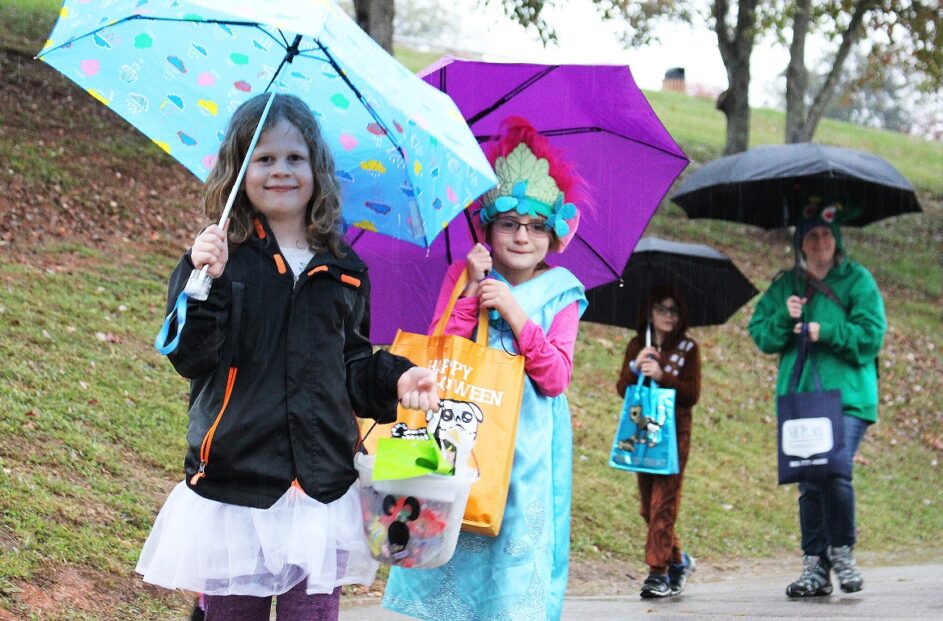I’m a little embarrassed about it, but I love Halloween. It’s got a lot of good stuff going on – cute kids in costumes, chocolate, hanging out with neighbors, chocolate, the smell of fall in the air and, of course, chocolate. So, I’m as sad as the kiddos that we can’t safely have full-blown Halloween this year.
The good news is the Farragut Parks & Rec staff has come up with a socially-distant alternative to the ever-popular Freaky Friday Fright Nite. It’s called Freaky Friday Drive-Thru Boo, and it will allow kids to get dressed up and grab some candy from staff and volunteers while staying safely inside vehicles. The community likes the concept so much that registration is already full.
Modern Halloween events are much tamer than they used to be. Halloween dates back 2,000 years ago to the Gaelic festival of Samhain, which marked the end of the harvest season and the beginning of winter. During the festival, ghosts were thought to return to the earth and sacrifices were made to appease them. Masks were worn for further protection, and pranks were played and blamed on malevolent spirits. In the eighth century, the Catholic Church moved All Saints Day to Nov. 1, and Oct. 31 became All Hallows Eve, but pagan aspects of the celebration hung on.
Nineteenth-century immigrants from the British Isles brought these traditions with them to the U.S., but Oct. 31 looked quite different from today’s festivities. The evening was much more about pranks, like placing farmers’ wagons on barn roofs, uprooting gardens, tipping over outhouses and opening gates so livestock could escape. Spooky faces carved in turnips were a precursor to today’s jack-o-lanterns.
The pranks were a little less innocent in cities. Youngsters set fires, broke glass and ran through the streets tossing bags of flour or ashes on people. In Kansas City, kids waxed streetcar tracks on a hill and caused an accident, seriously injuring a conductor.
The violence increased during the Great Depression, so some cities banned it. Forward-thinking communities offered parties, carnivals and costume parades to keep kids out of trouble. During World War II, children took pledges to support soldiers and sailors by forgoing Halloween vandalism.
After the war, Halloween generally became more family-friendly, but pranks were still part of the fun. Once trick-or-treating became common, pranking was moved to Oct. 30 so kids could have both tricks and treats. While most vandalism, like egging and toilet papering, was mild, it took a darker form in a few Michigan cities during the 1970s and 1980s. Arsonists set fire to dumpsters and abandoned buildings, and in 1984, more than 800 fires were set in Detroit. Read more about the colorful history of Halloween at History.com.
Today, Halloween is big business. In 2019, Halloween retail spending was estimated at $8.8 billion by the National Retail Federation. In Farragut, kids love to dress up and collect candy so much that they don’t even mind the cold and rain like we experienced at Freaky Friday Fright Nite in 2019. We’re glad to be able celebrate safely with them this year.
Town of Farragut marketing and public relations coordinator Wendy Smith is your reliable Farragut insider.

